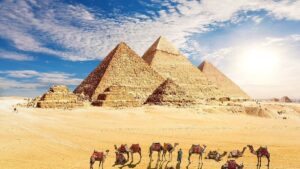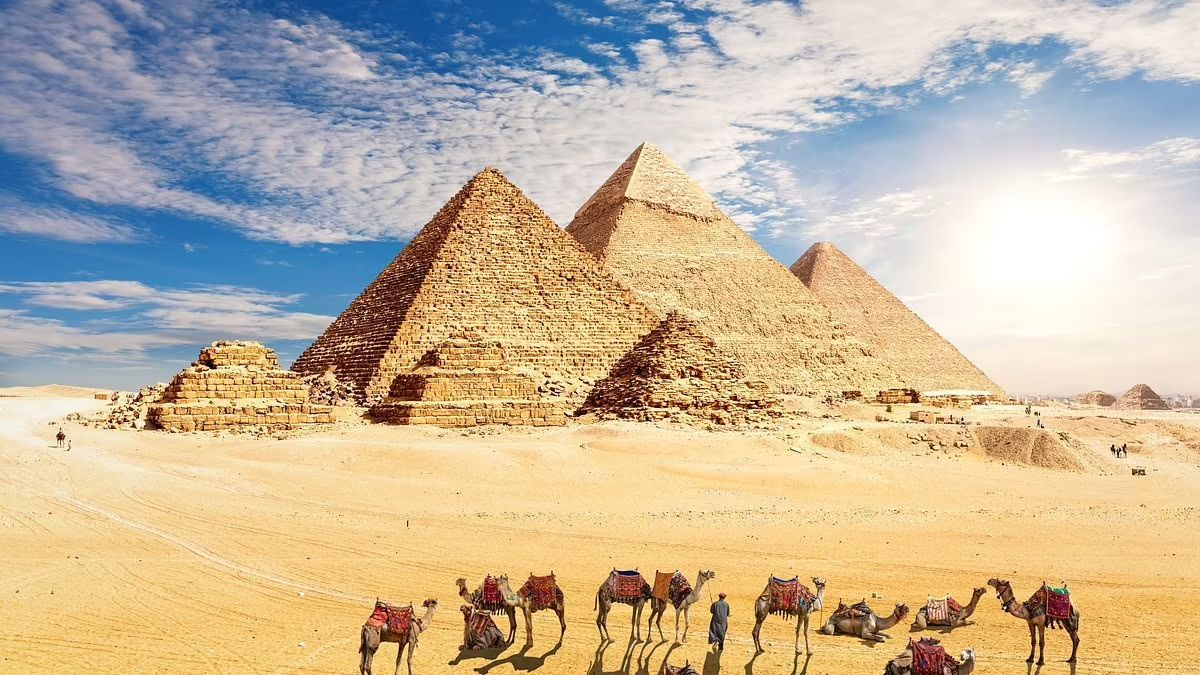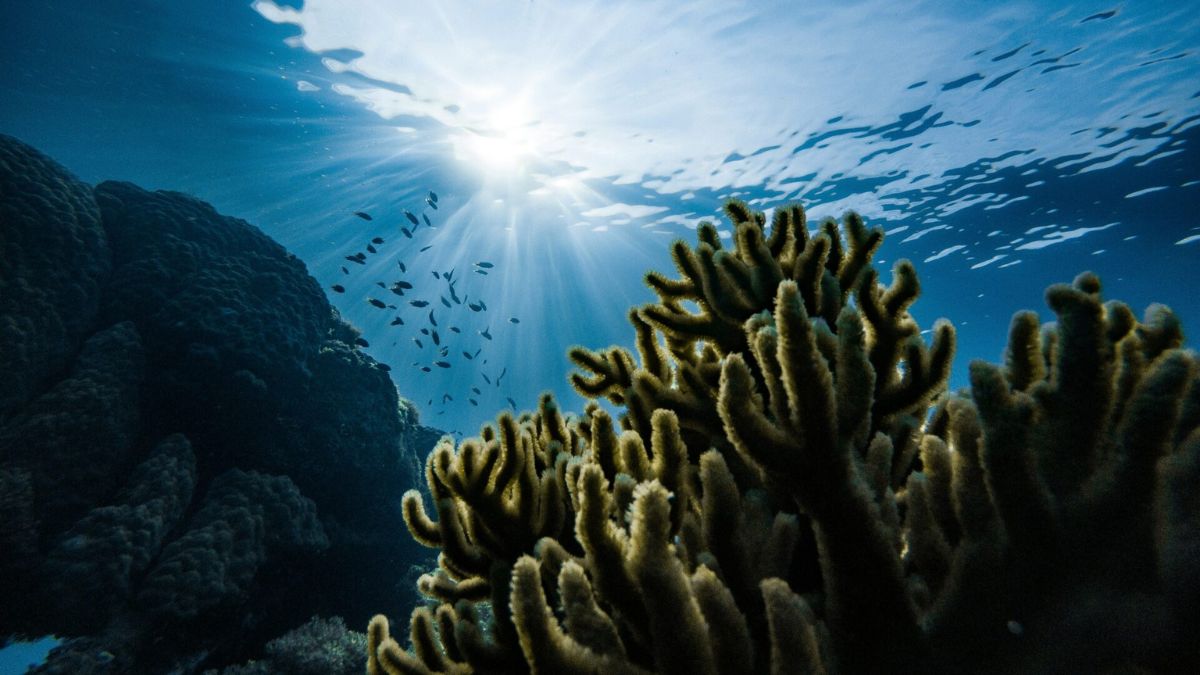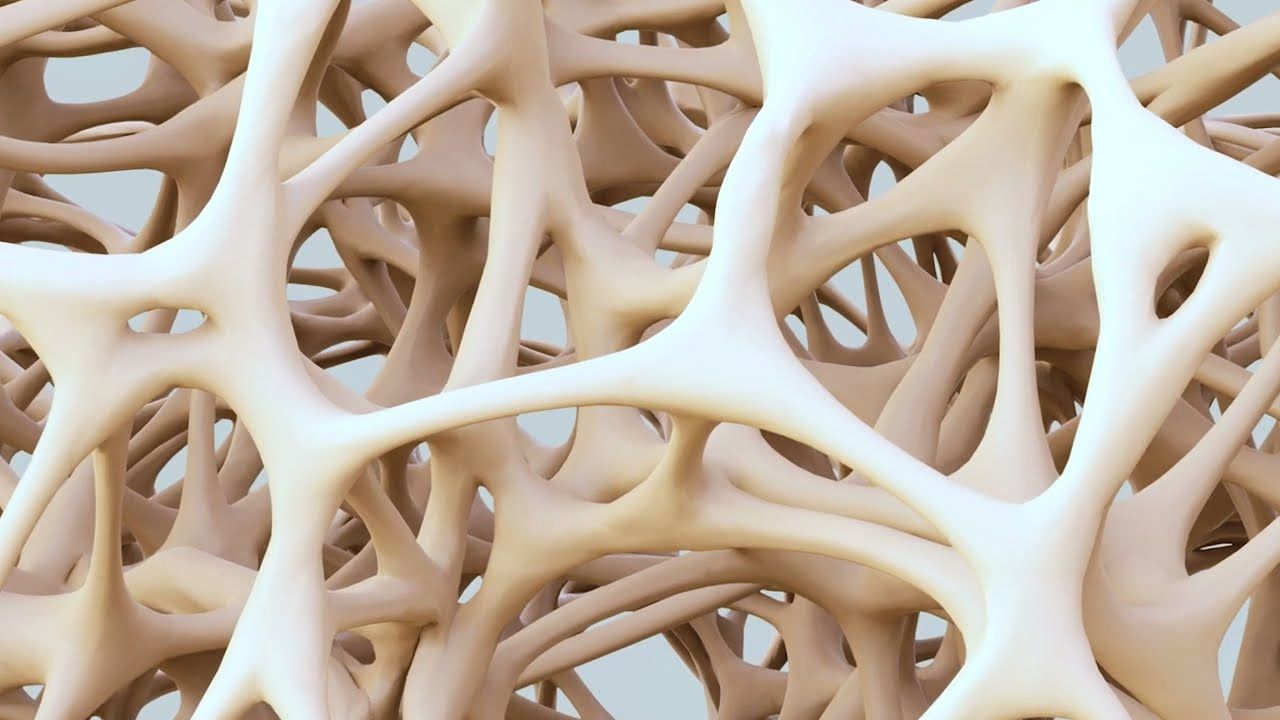Just when scientists thought they had the timeline of planet formation figured out, NASA makes a discovery that flips everything on its head. Thanks to the incredible power of the James Webb Space Telescope (JWST), astronomers found something unexpected: a 30-million-year-old protoplanetary disk still capable of forming planets. That’s three times older than previously believed possible!
This cosmic surprise is challenging long-standing theories and opening new possibilities in our knowing of how planets, including potentially habitable ones, are born.
Discovery
The James Webb Space Telescope, often referred to as the most powerful space observatory ever built, has spotted what scientists are calling a “planet factory.” It’s a star system located 267 light-years from Earth, and at its heart is a small star named J0446B. What’s fascinating is the thick disk of gas and dust swirling around it — exactly the kind of material needed to form planets.
But here’s the kicker: this disk has been hanging around for 30 million years. Scientists used to think these disks vanished within just 10 million years. Clearly, they were wrong.
Disks
Let’s break down what a protoplanetary disk actually is. Picture a baby star with a wide, flat ring of cosmic dust and gas spinning around it. Over time, this material sticks together to form clumps, which grow larger and eventually become planets, moons, or asteroids.
These disks are like cribs for newborn planets. They contain all the ingredients for celestial bodies to form and evolve. Until now, the assumption was that they didn’t last long — but J0446B is proving otherwise.
Timeline
Why is the 30-million-year mark such a big deal? Because it means planets may have more time to form than we ever thought. Before this discovery, the theory was that the radiation from a star would burn off its surrounding disk material after 10 million years. But if disks can survive for 30 million years, that adds two extra decades (in million-year terms!) for planets to form and develop.
In other words, slow and steady planet formation might be more common than we assumed.
Location
J0446B, the center of this cosmic nursery, is smaller than our Sun but still incredibly active. Even with its smaller size, the disk around it is dense with raw materials needed to build planets. This opens the door to the idea that other small stars might also have long-lasting planet-forming disks.
So far, our focus has mostly been on Sun-sized or larger stars, but this new insight means small stars shouldn’t be overlooked.
TRAPPIST-1
This discovery also sheds light on other mysterious systems, like TRAPPIST-1 — just 40 light-years away from Earth. This system has seven rocky planets, and three of them sit in the “habitable zone,” meaning they might have liquid water.
Scientists now believe that the planets in TRAPPIST-1 might have taken a longer route to formation, just like what’s happening with J0446B. This makes the TRAPPIST-1 system even more exciting in the search for life.
Neighbors
J0446B isn’t alone. Scientists have found other long-lasting disks in the Small Magellanic Cloud — a nearby dwarf galaxy. These stars are also between 20 and 30 million years old, and they still have material around them for building planets.
Interestingly, the Small Magellanic Cloud doesn’t have many heavy elements like Earth does. This means planet formation may not require the same ingredients we find in our own solar system. That could have huge implications for life elsewhere.
Importance
This discovery matters more than most people realize. It shows us that planet formation can take much longer than we thought, and that even small stars can host potential planet-building disks for tens of millions of years.
It also means we might have missed some important systems just because we weren’t looking at the right stars — or weren’t looking long enough.
By challenging the old ideas, this finding pushes science forward. The more we learn about how planets are made, the closer we get to answering some of the biggest questions out there: Where do we come from? How common is life? And are we truly alone in the universe?
FAQs
What did NASA discover with JWST?
A 30-million-year-old protoplanetary disk still forming planets.
What is a protoplanetary disk?
It’s a ring of gas and dust where planets can form around a star.
Why is this discovery important?
It challenges the idea that disks vanish after 10 million years.
What star system was studied?
A small star named J0446B, 267 light-years from Earth.
How does this affect TRAPPIST-1 theories?
It suggests planets there may have formed more slowly.




















